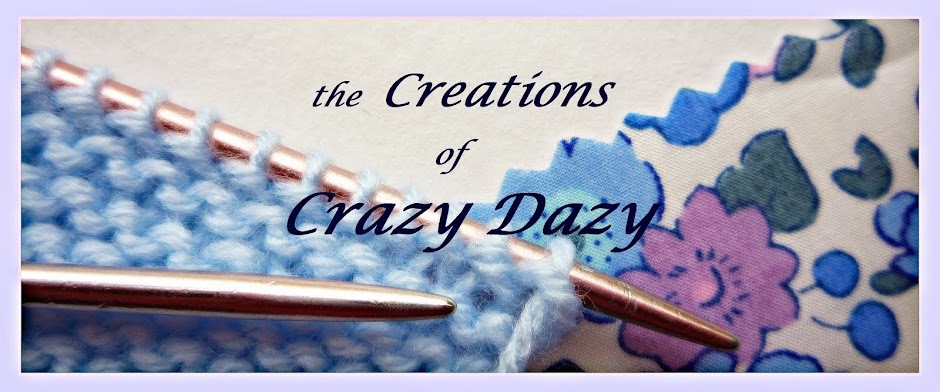LADDER RIBBON LONG SCARF
THIS PATTERN IS COPYRIGHT PROTECTED
ONLY FOR PERSONAL OR CHARITABLE USE
ITEMS KNITTED FROM THIS PATTERN CANNOT
BE SOLD FOR PROFIT
DO NOT REPRODUCE OR USE FOR ANY COMMERCIAL PURPOSE
ABBREVIATIONS
k: knit
st(s): stitch(es)
kfb: increase by knitting into the front and back of the same st
sl: slip
psso: pass slip st over
tog: together
MATERIALS
25 grams of a ribbon ladder yarn such as Sirdar Firefly or Zip by V and A
Products Ltd
10mm needles (US 15)
two large pendant beads
beads with a large hole
INSTRUCTIONS
Make a slip knot, leave a long yarn tail of aprox 15cms (6ins), this will be used
to attach beads later.
ROW 1 : k.
ROW 2 : k1fb (2 sts).
Tug work down as you go.
Tug work down as you go.
ROW 3 : k.
ROW 4 : k1fb, k1fb (4 sts).
ROW 5 : k.
ROW 6 : k1fb, k1, k1fb, k1 (6 sts).
ROW 7 : k.
ROW 8 : k1fb, k3, k1fb, k1 (8 sts).
ROW 9 : k.
ROW 10 : k1fb, k5, k1fb, k1 (10 sts).
ROW 11 : k.
ROW 12 : k1fb, k7, k1fb, k1 (12 sts).
ROW 13 : k.
ROW 14 : k1fb, k9, k1fb, k1 (14 sts).
ROW 15 : k.
ROW 16 : k1fb, k11, k1fb, k1 (16 sts).
ROW 17 : sl1 knitwise, k to end of row.
At the beginning of each following row slip the first st knitwise
Continue with garter st (every row knit) until work measures 100cms (39.5ins)
or required length.
or required length.
NEXT ROW : sl1, k1, psso, k to last two stitches, k2tog (14 sts).
NEXT ROW : k.
Rpt the last two rows until 2 sts remain ending on an all k row.
NEXT ROW : k2tog (1 st).
NEXT ROW : k
Fasten off leaving a long yarn tail of aprox 15cms (6 ins).
TO ATTACH BEADS
- Thread the yarn onto a needle which will go through the hole in the beads.
- Then thread the yarn through the beads leaving the pendant bead until last.
- Thread through the pendant bead and then tie a knot at the top of the pendant bead.
- Knot the yarn, then weave the yarn tail up through the scarf.
- Repeat for the other end of the scarf.


















